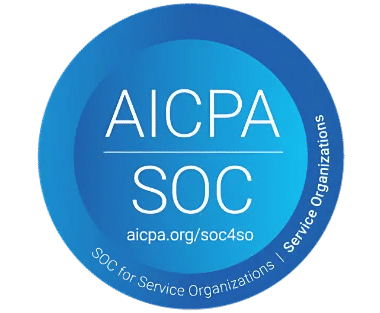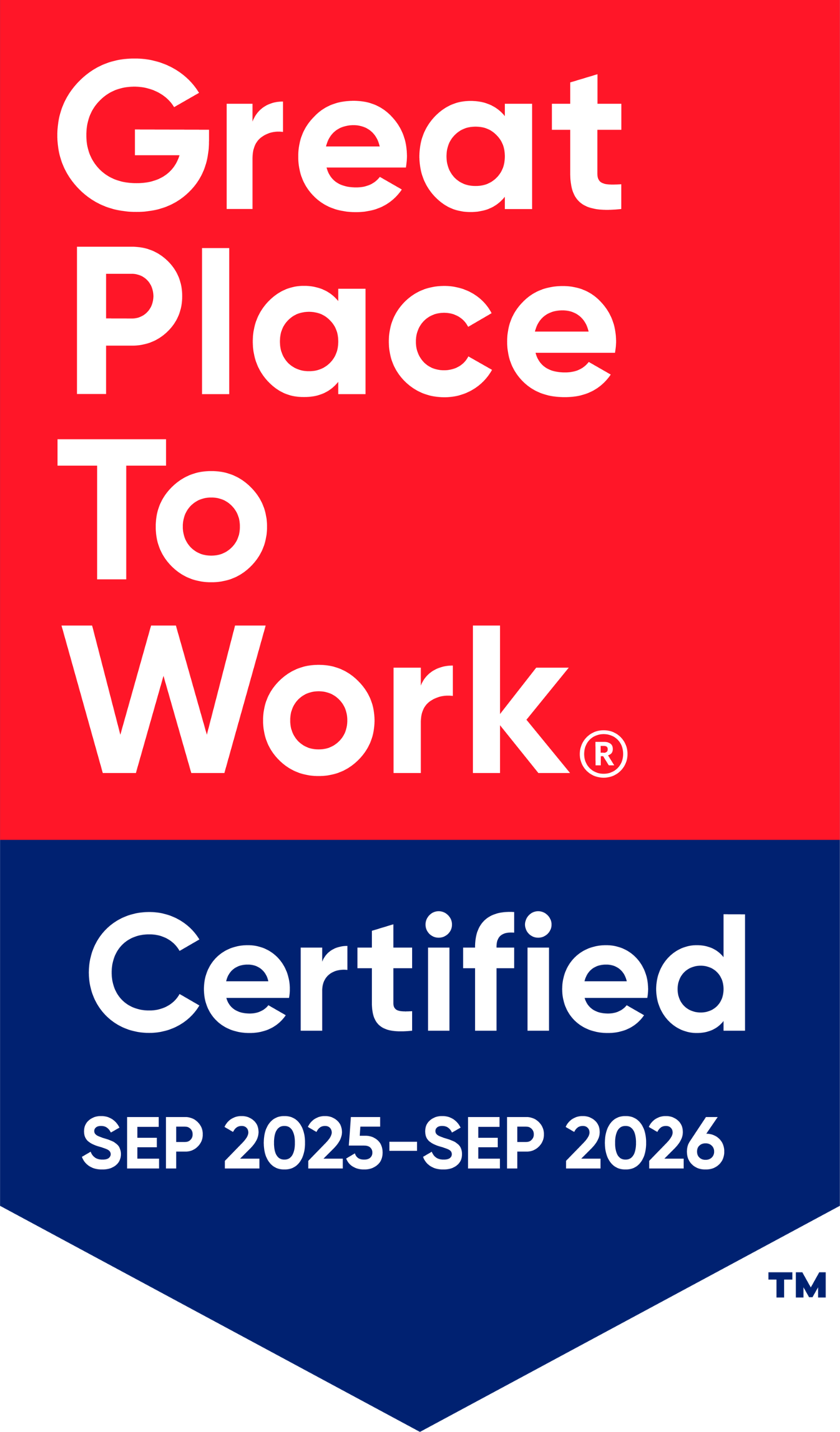New Hire Onboarding: A Complete Guide to Successful Integration

Starting a new job is exciting but can also feel hard. A good onboarding plan makes it easier. It makes new hires feel at home and gives them a clear understanding of their responsibilities. A strong plan improves retention and performance from day one. Studies show it can boost retention by 82 percent and engagement by 70 percent. Companies with good onboarding see 50 percent more output from new hires.
This guide will show how to build a great onboarding plan. We will go over key steps and how it helps your company. Let’s begin.
What is New Hire Onboarding?
New hire onboarding is the process of helping a new employee feel ready to start their job. It begins when they accept the offer and continues for the first few weeks or months. It helps them learn about the company their team and how things work. It also shows them the tools they will use and the steps they need to follow. Onboarding is more than just paperwork. It helps new hires understand their role and what is expected from them. It gives them clear goals and the support they need to do well.
A good onboarding plan helps new employees feel welcome and part of the team. It builds trust boosts confidence and helps them stay longer. It also improves how fast they learn and how well they work. When done right onboarding helps people grow and succeed. It sets the base for a strong work life and a better future with the company.
Importance of Onboarding
Onboarding is the first step in building a strong bond between the company and a new hire. A clear and thoughtful process helps employees feel supported from day one. It improves learning builds trust and sets the tone for long term success.
- Send Welcome Kit
Start by sending a warm welcome email before their first day. Include a clear plan for the first week company forms and small items like a t-shirt or notebook. This helps the new hire feel welcomed and appreciated right from the start. It also reduces stress by giving them a clear idea of what to expect.
- Explain Company Values
Help the new hire understand what the company stands for. Talk about the mission goals and culture in a simple way. This builds early connection and helps them see how their work supports the bigger picture.
- Set Clear Role and Goals
Give a full overview of their role key tasks and goals. Ensure they understand what’s expected of them in the first 30, 60, and 90 days, giving them a clear roadmap to succeed and grow in their role. This helps them focus builds confidence and gives a sense of purpose from the start.
- Assign a Buddy or Mentor
Match the new hire with a team buddy or mentor to help guide them, answer questions, and make them feel more comfortable as they settle in. This person can answer questions explain daily tasks and offer support. It also helps the new hire feel less alone and settle in faster.
- Provide Tool Access and Training
Ensure the new hire has everything they need to get started tools, systems, and access to platforms so they can hit the ground running without any delays. Offer simple training sessions so they can learn without stress. This reduces delays and helps them start contributing quickly.
- Plan Check-Ins with Manager
Schedule regular one-on-one meetings with the manager in the first few weeks. These check-ins help track progress clear doubts and offer feedback. They also show that the company cares about their success and growth.
When onboarding is done right new hires feel more engaged confident and ready to do their best work. It also helps the company by reducing early exits and improving team performance.
Key Steps in a Successful New Hire Onboarding Process
To create an effective new hire onboarding program, there are several essential steps to follow. Each step is designed to make the transition easier, helping new hires feel comfortable and confident as they settle into their role and become part of the company culture. Here are the key stages you should include:
1. Preboarding: Setting the Stage Before Day One
Preboarding is everything you do to prepare your new hire before their first day, setting them up for success and helping them feel excited to join the team. It’s the foundation for a successful onboarding process. Research by Work Bright (2022) shows that preboarding can reduce the time to productivity by 50%.
- Send Welcome Materials: This includes sending welcome emails, company swag, any necessary forms, and a detailed itinerary for the first day.
- Set Up Tools and Access: Make sure all necessary tools (laptop, email accounts, software, etc.) are set up before the first day. Ensure that access to internal systems and communication platforms is ready to go.
- Provide Early Information: Share essential information about company policies, culture, and the team, giving the new hire a chance to get familiar with what’s to come.
2. First Day: Making a Lasting First Impression
The first day is key to making sure your new hire feels like a part of the team and truly appreciated, setting a positive tone for their journey with the company. Research by Harvard Business Review (2023) shows that employees who have a positive first day are 33% more likely to stay with the company for over a year.
- Welcome Meeting: Start the day with an introductory meeting with HR and key team members to share the company’s mission, vision, and values.
- Office Tour: If applicable, give a tour of the facilities. For remote employees, provide a virtual tour of the company’s tools and resources.
- Role Clarity: Discuss the job responsibilities, team structure, and expectations for the role. Providing clarity will help reduce confusion and set a positive tone for the upcoming weeks.
3. Week One: Providing Structure and Support
The first week is essential for establishing a foundation of support. According to Avature (2022), employees who experience well-structured onboarding in the first week are 54% more likely to stay with the company long-term.
- Training and Orientation: Provide job-specific training and introduce the new hire to the tools and systems they will be using.
- Assign a Mentor or Buddy: Pair the new hire with a mentor or a buddy to help guide them through the company culture and answer any questions that come up.
- Regular Check-Ins: Schedule check-ins to assess how the new hire is adjusting and offer feedback. This gives them a chance to voice concerns and ask for help.
4. Month One: Building Confidence and Integration
The first month should focus on skill development and integration into the team. This is the time when new hires begin to feel more confident and comfortable in their roles.
- Hands-On Training: Give new hires the opportunity to dive deeper into their tasks with hands-on projects and real-world applications.
- Feedback and Support: Continue providing regular feedback and support, ensuring that the new hire feels confident in their work.
- Team Integration: Encourage participation in team meetings and collaborative projects. This gives the new hire a chance to connect with teammates and get a feel for how everyone works together, making them feel more at home in the team.
5. Beyond the First Month: Long-Term Engagement and Growth
Onboarding should not stop after the first month. The goal is to continue supporting and developing employees throughout their first year.
- Ongoing Development: Offer opportunities for continuous learning, such as workshops or access to learning resources. This helps the employee continue growing and excelling in their role.
- Continuous Feedback: Schedule regular performance reviews and feedback sessions to keep the new hire engaged and motivated.
- Cultural Integration: Encourage participation in company events, team-building activities, and other social gatherings to help the new hire fully integrate into the company culture.
Challenges in New Hire Onboarding
Although onboarding is essential for a successful employee experience, it doesn’t come without its challenges. Companies often face obstacles when trying to provide a consistent and engaging onboarding experience. These challenges can be tackled with the right strategies in place.
- Inconsistent Onboarding Processes
Without a standardized approach, different new hires may receive varied experiences based on their team or role. This can cause confusion, frustration, and an uneven introduction to the company culture. - Information Overload
Providing too much information in a short amount of time can overwhelm new hires. It’s important to pace the delivery of training materials and onboarding tasks to ensure they’re able to absorb and apply the information effectively. - Lack of Personalization
Failing to tailor onboarding to specific roles or the new hire’s background can make the process feel impersonal and disengaging. Each new hire should feel like the onboarding process was designed with them in mind.
- Poor Follow-Up and Support
Onboarding should not end after the first week. Without ongoing support and feedback, new hires may feel neglected and unsupported. Continuous check-ins and support are vital for long-term success.
Benefits of New Hire Onboarding
A well-structured onboarding process offers multiple benefits, not just for new employees but for the company as a whole. Some key benefits include:
- Improved Employee Retention
When new hires go through a thoughtful and warm onboarding experience, they’re more likely to feel connected and stay with the company for the long haul. Companies with a strong onboarding program experience 82% higher retention. - Increased Engagement
Employees who feel engaged are more motivated, happier in their roles, and dedicated to doing their best work every day.Onboarding helps new hires feel valued, aligned with company values, and supported in their roles, leading to increased engagement. - Faster Time to Productivity
Onboarding helps new hires get up to speed faster, reducing the time it takes them to reach full productivity. Research by Avature (2022) shows that onboarding can reduce time-to-productivity by up to 50%. - Better Alignment with Company Culture
Onboarding gives new hires a chance to connect with the company’s core values, mission, and culture, helping them understand what truly matters and how they fit in. This alignment leads to better teamwork, stronger communication, and a more cohesive company culture.
- Enhanced Job Satisfaction
An effective onboarding program shows new hires that the company is invested in their success, increasing job satisfaction and reducing the likelihood of turnover.
Best Practices for New Hire Onboarding
To make your onboarding process more effective, consider these best practices:
- Personalize the Experience
Tailor the onboarding process to fit each new hire’s unique role, background, and learning style. This approach will make the experience feel more personal and unforgettable, leaving a lasting impression on your new hires. - Standardize the Process
Ensure that all new hires receive a consistent and comprehensive onboarding experience. A standardized approach helps clarify expectations and creates fairness across the organization. - Use Technology
Implement onboarding software or HR tools to automate administrative tasks like paperwork and training schedules. This will save time and help your HR team focus on building relationships. - Offer Continuous Feedback
Provide ongoing feedback throughout the onboarding process to help new hires grow and improve. Regular check-ins will help them feel supported and confident in their roles.
- Measure Success
Track the effectiveness of your onboarding program through employee feedback, retention rates, and engagement metrics. This helps spot areas where the process can be better and makes sure the program stays fresh and useful for future new hires.
Conclusion
A thoughtfully planned onboarding program is one of the best investments you can make for your company’s future, setting the stage for lasting success. It’s not just about filling out paperwork it’s about helping new employees feel connected, supported, and empowered to succeed. A strong onboarding process leads to higher employee engagement, better retention rates, and increased productivity.
By following the steps outlined in this guide, you can create an onboarding program that sets new hires up for success from day one and ensures they stay motivated, engaged, and ready to contribute to the company’s goals. If you are ready to enhance your onboarding process, book a demo today to see how our HR software can streamline and improve your new hire integration.
Frequently Asked Questions
What is new hire onboarding and why is it important?
New hire onboarding is the process of helping a new employee get ready for their role. It helps them feel welcome understand their job and learn about the company. A good onboarding plan builds trust boosts confidence and leads to better performance and retention.
How long should the onboarding process last?
Onboarding should start before the first day and continue for at least the first few months. While the first week sets the base ongoing check-ins support and learning in the first 90 days or more lead to better results.
What are the key steps in a strong onboarding process?
The main steps include preboarding setting up tools and accounts welcome meetings job training regular check-ins and team building. It also helps to give a mentor and clear goals for the first few weeks.
What are the common challenges in onboarding?
Some common issues are not having a clear plan sharing too much info too fast and not giving enough support. It can also feel impersonal if not tailored to the person or role. These problems can affect how well the new hire adjusts.
How does good onboarding help the company?
A strong onboarding program helps new hires work better and stay longer. It improves engagement job satisfaction and culture fit. It also saves time and lowers the chance of early exits by helping people settle in smoothly.









_svxLrd-8yH.png)

_2VYSFUTN5m.png)

_JiluXJRGNl.svg)

_2djTKNocf.png)





_Rapo0hRMBy.png)

















